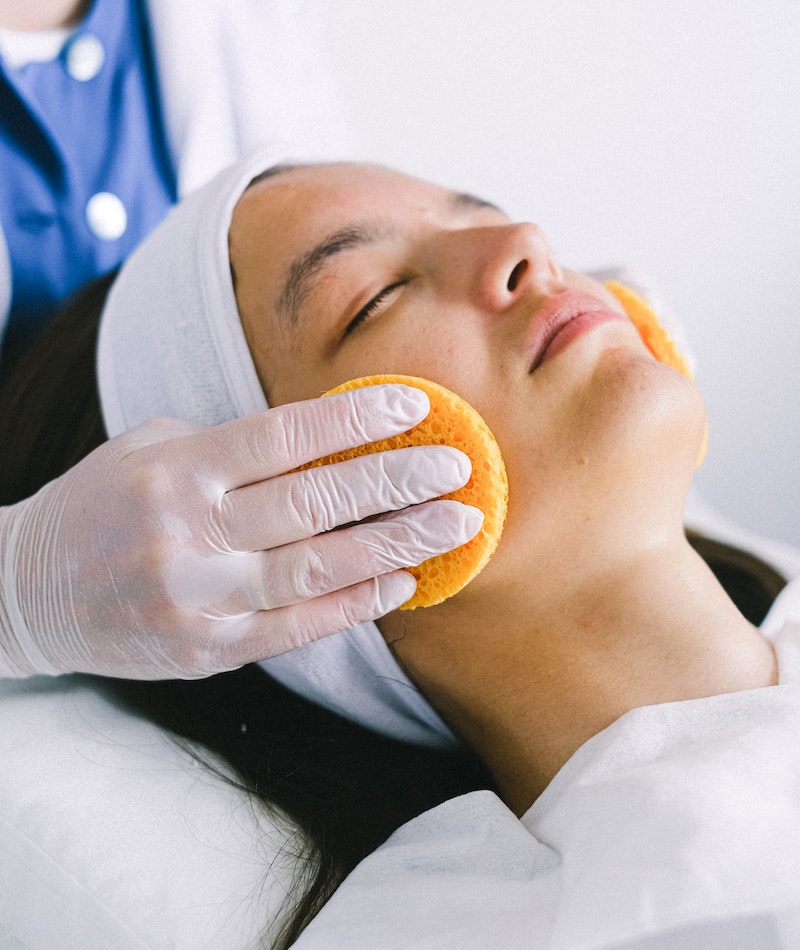

Chemical Peels
Overview
Chemical peels involve the application of a chemical solution to the skin to exfoliate and peel off the top layer(s) of damaged or dead skin cells. They improve the appearance and texture of the skin by removing damaged skin cells and stimulating the growth of new, healthy skin cells. They can be used to address a variety of skin concerns, including acne, sun damage, wrinkles, fine lines, uneven skin tone, and hyperpigmentation.
Chemical Peels FAQs
- There are several different types of chemical peels, including superficial, medium, and deep peels.
- Superficial peels are the mildest and are typically used to treat minor skin concerns, such as fine lines and uneven skin tone.
- Medium and deep peels are more intensive and are used to treat more severe skin concerns, such as deep wrinkles and acne scarring.
- During a chemical peel, a solution is applied to the skin and left on for a certain amount of time, depending on the type of peel.
- Patients may experience a mild burning or stinging sensation during the procedure.
- After the peel, the skin may be red and sensitive, and may peel or flake for several days to a week.
- Good candidates for chemical peels are typically in good overall health and have realistic expectations for the outcome of the procedure.
- Chemical peels may not be suitable for those with certain skin conditions, such as eczema or rosacea, or for those with a history of keloid scarring.